 |
March 24, 2017 Volume 23, Number 12 |
Research and Education |
General Interest |
Network Tools |
In the News |
Research and EducationBack to Top | |
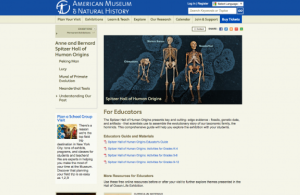 |
|
 |
|
 |
|
 |
|
 |
|
 |
|
 |
|
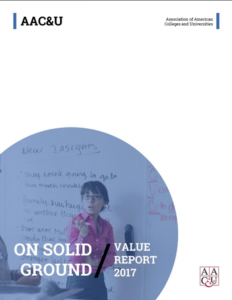 |
|
General InterestBack to Top | |
 |
|
 |
|
 |
|
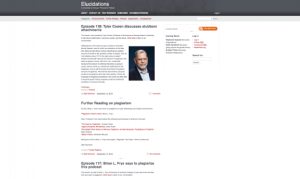 |
|
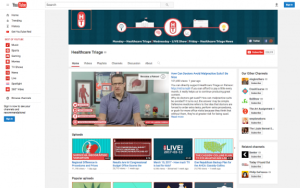 |
|
 |
|
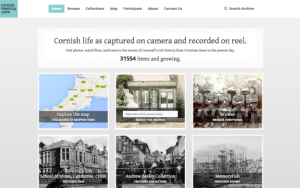 |
|
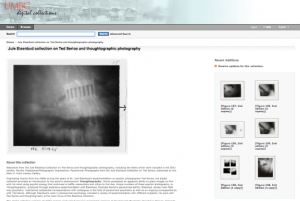 |
|
Network ToolsBack to Top | |
 |
|
 |
|
In the NewsBack to Top | |
University of Cambridge Researcher Proposes a New Dinosaur Family Tree | |
|
Shaking Up the Dinosaur Family Tree A 130-Year-Old Fact About Dinosaurs Might Be Wrong Radical shakeup of dinosaur family tree points to unexpected Scottish origins A new hypothesis of dinosaur relationships and early dinosaur evolution Proceedings of the Royal Society of London, Volume 43 Thomas Henry Huxley and the Dinobirds This past Wednesday, University of Cambridge graduate student Matthew Baron, along with Cambridge professor David B. Norman and Paul Barrett of Britain's Natural History Museum, published an article in Nature that reconsiders the structure of the dinosaur family tree. Prior to this publication, paleontologists categorized dinosaurs into two major groups: Ornithischia, a group with hip-bones that resembled birds, and Saurischia, a group with hip bones that resemble those of lizards. Under this classification, first proposed by paleontologist Henry Seeley in 1888, dinosaurs on the Ornithischia branch included the stegosaurus and the triceratops, while Saurischia dinosaurs included both herbivorous sauropods as well as meat-eating theropods. However, Baron proposes that theropods, a group that includes the tyrannosaurus, actually comprise a third distinct branch of the dinosaur family tree - one that is actually more closely related to the Ornithischia branch. Baron reached this conclusion with the aide of a computer program called TNT, which he used to analyze no fewer than 457 distinct triads collected from 74 dinosaur fossils housed at museums around the world. If confirmed by future studies, this revised family tree challenges current assumptions about the origins of dinosaurs as well as the presumed physical characteristics of individual dinosaur species. Notably, this new tree suggests that dinosaurs may have emerged from the Saltopus,a cat-sized creature found in what is now modern-day Scotland. If confirmed, this finding relocates the origins of dinosaurs from the southern hemisphere to the northern hemisphere. [MMB] The first three links reveal articles about this new shakeup of the dinosaur family tree. These articles are authored by Nicholas Wade of the New York Times, Ed Yong of The Atlantic, and Hannah Devlin of The Guardian. Devlin's article focuses especially on the possible significance of the Saltopus. Readers interested in checking out the original research paper in full, complete with a number of diagrams, can do so via the fourth link. Moving along, historians and scientists alike may like to browse Henry Seeley's original proposition of the dinosaur family tree in the 1887 Proceedings of the Royal Society. Finally, readers will find a Smithsonian article about Thomas Huxley, an early evolution proponent who actually suggested a theory similar to Baron's in an 1869 lecture. | |





